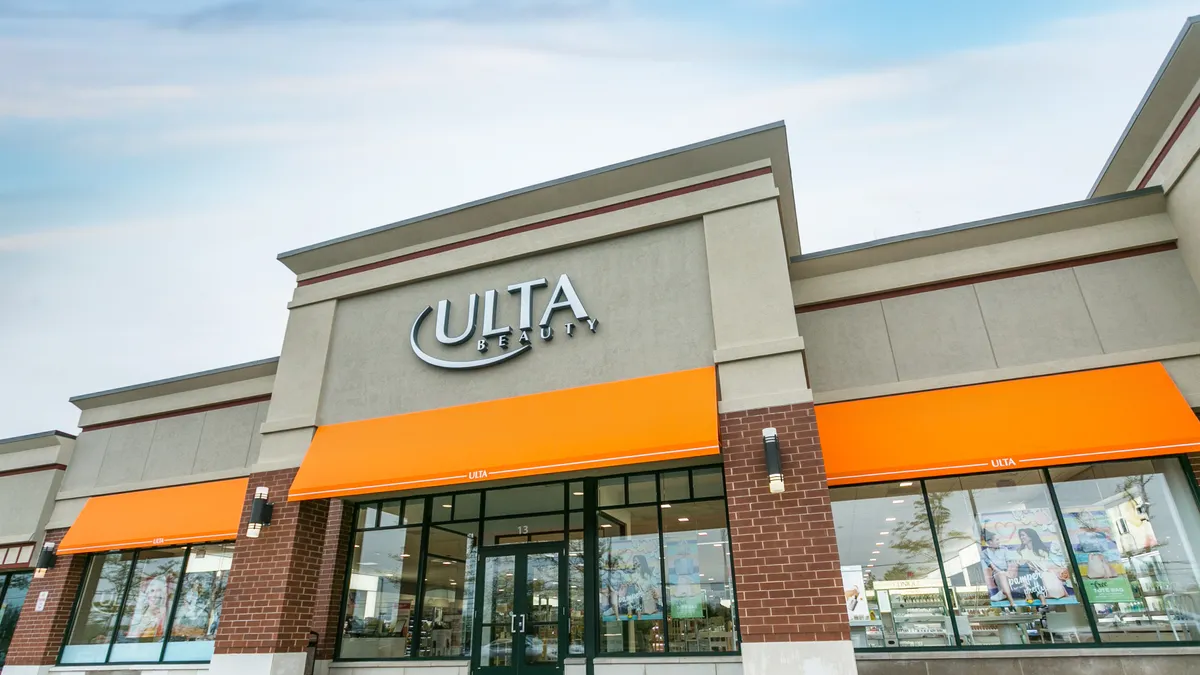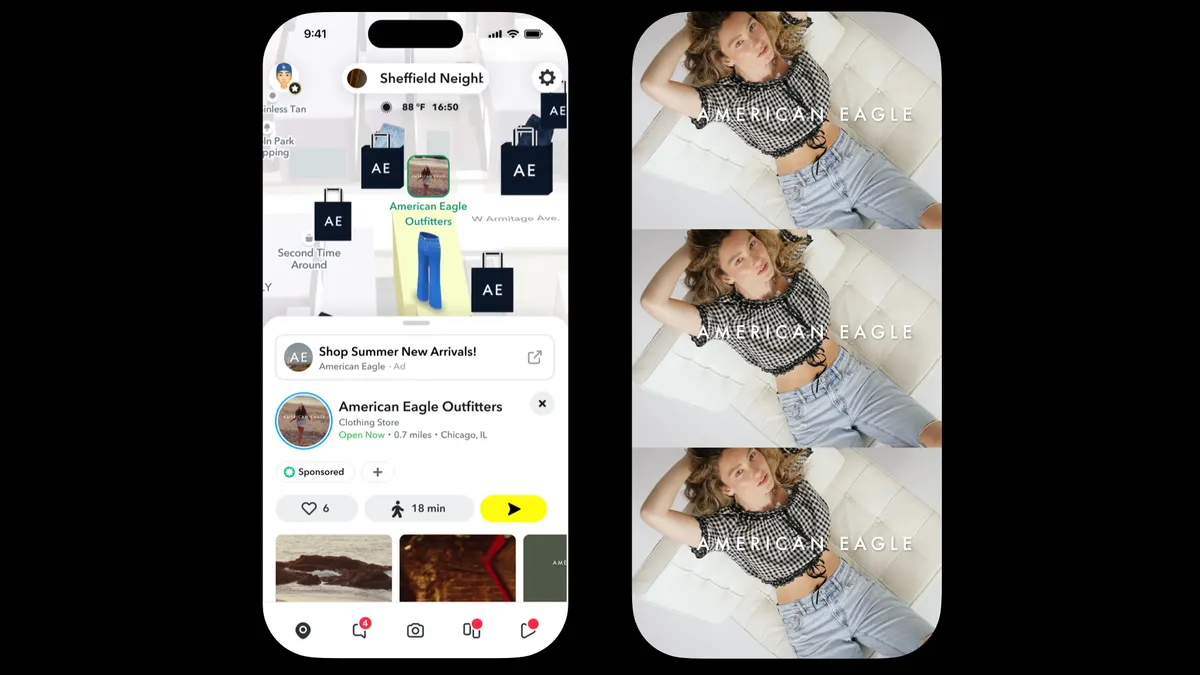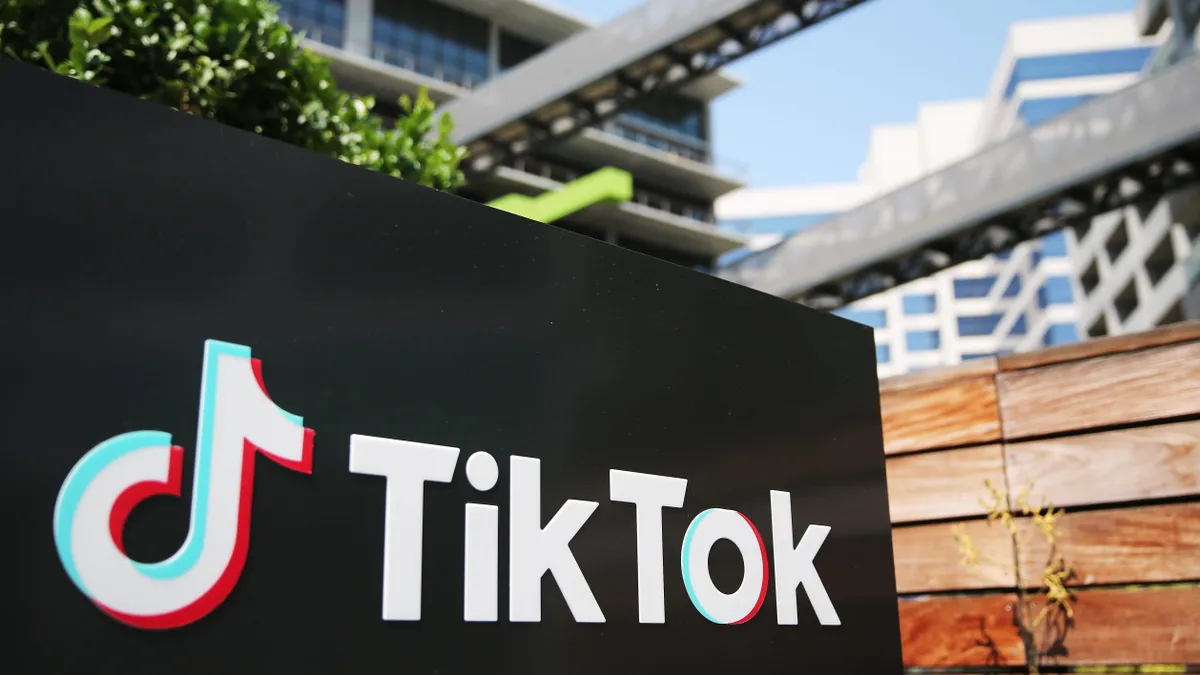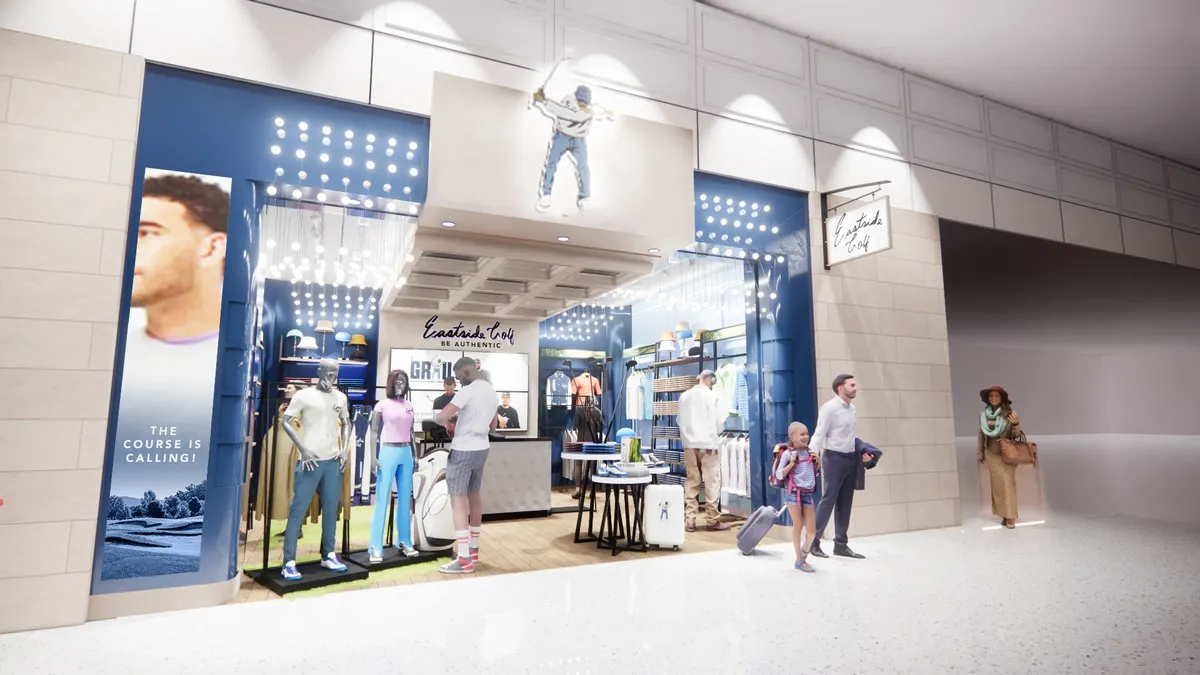There’s a lot for consumers to love about e-commerce, with the ability to shop at any hour and get purchases within days, if not hours. But as much as online and mobile channels are revolutionizing the way people shop, the vast majority of purchases are still made in person—at brick-and-mortar stores.
E-commerce represents just 7.2% of overall retail sales in the United States, according to a second-quarter report from the Commerce Department. And while digital sales are growing faster than at brick-and-mortar stores, physical locations still have a massive edge over websites, so far.
Even if their final destination is a physical store, shoppers do go digital to find nearby locations of major retailers, searching on Google, Facebook, and Yelp, and use store locators at their favorite brands’ sites. The challenge is for nearby locations to connect with customers at the times they are looking to looking to visit.
“Consumers congregate in all sorts of different directories,” Manish Patel, founder and CEO of the location-based digital marketing platform Where2GetIt, told Retail Dive. “They Yelp, Google and have mobile devices. They are using social media and getting advice from their friends. Consumers have a lot of choices.”
Have complete and accurate information - or else
From a brand’s perspective, search-to-store makes the sales funnel more complicated. Brick-and-mortar retailers must “understand where consumers are coming from, and develop strategies around that,” Patel says. “The ecosystem is very complex, and you have to make sure that your information shows up in many different ways.”
It’s a challenge to ensure that such information is complete, and consumers may want to know more than a chain’s closest location.
“You have to optimize the name, address, phone number, hours, menu options, whether you have wireless or a playground,” Patel says. “Whatever specific attributes you have at each store location, you have to make sure it’s complete and accurate across your 1,000 locations and hundreds of different directories.”
A recent “Brand Battle” staged by Where2GetIt and the hyperlocal news site StreetFight demonstrating the Brandify platform analyzed localized efforts from Lowe’s and Home Depot, measuring competing locations’ data quality, SEO, reviews, local engagement and local advertising.
Home Depot won the battle narrowly, but both home improvement chains had significant gaps in Yelp and Bing searches, returning incomplete or incorrect data on local stores. That means lost business, and perhaps additional damage. “Consumers won’t blame Yelp for getting the information wrong,” Patel says. “They will blame the brand.”
Neither chain’s stores had significant numbers of customer reviews, Where2GetIt found, which can help boost traffic even if some are lukewarm. A two-star review on Yelp might prevent consumers from visiting a store, but a two-star review that the store addresses may be less damaging because it belies a local investment.
“People ask me all the time: How do I get better reviews? I always say, ‘Do better,’” Patel says. “Sometimes it’s not about the technology; if you say hello to a person, you’re going to make an impact. Even if you do the very best in digital, if the offline experience doesn’t match, you’re back to square one.”
Making a 'marketing case for every situation'
With most search traffic now originating on mobile devices, companies need to make sure their information is complete and correct in new channels or miss out on foot traffic. Patel suggests first maintaining a landing page for every location.
“If you just don’t show up on Google, you are going to lose business," Patel says.
“Consumers are on the move, and brands have to start to adapt to their behavior,” he continued. “The problem with a lot of brands is that they take the same old tactics. Having the ability to stitch together an interaction with a consumer is one thing, but taking that relationship to the next step is another.”
Ads informed by geopositioning can be used to serve up more timely offers and service enhancements from local providers via mobile, he notes, similar to the way in which retargeting follows prospects across digital channels. For instance, an athletic apparel retailer might target an offer immediately after a prospect finishes a workout nearby.
“There is an ability to use technology the right way, as opposed to just blasting out advertising all of the time,” Patel says. “[Retailers] can use their knowledge to optimize the offline experience. That makes the experience as a customer better. That’s how retailers can succeed in the future."
“Using digital technology can only do so much,” he adds. “You have to dive into the data, and use it to create a story about your business. Companies that don’t think on a local level are going to lose out. As local search becomes more prevalent, there will be another layer below it—the situation. There is a marketing case for every situation.”




















